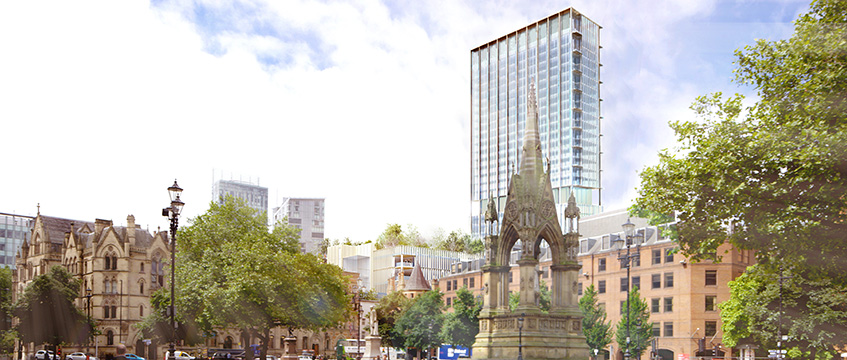Historic England has become an increasingly vocal and influential force in the development market in recent times.
Its objection last year to a proposed residential tower scheme in Manchester by Gary Neville and Ryan Giggs’s Jackson Row Development Company prompted a radical redesign, and its voice is having to be considered and respected by those looking to create bold new developments.
This week it published its latest report, Risky Business? Investing in Heritage at Risk, which highlights the reluctance of developers to take on projects which involve heritage assets.
It contains examples of the ways Historic England thinks developers should approach them in order to maximise profit and social return.

The body is also encouraging policy changes in the capital and throughout the UK, with the report concluding that the draft London Plan, as well as local plans, under-represent at-risk heritage sites.
“The national requirement to plan for the conservation of assets most at risk is not being followed up at a local level, nor does policy support align with the heritage sector’s priority cases,” the report said.
“This deficiency could be addressed through a dedicated policy in the forthcoming London Plan, and a requirement that local plan policies proactively target heritage at risk at all scales of plan making.”
Investment challenges
The report argues that even comparatively small investments into heritage assets can unlock transformational change by altering local perceptions of an area, and it should be considered that investing in heritage risk assets pays a social dividend as well as an economic one.
In doing so the property industry could not only see a return on its investment but help enhance its under pressure image through restoration, enhancement and preservation.
Historic England lists the top challenges of investing in heritage at risk as:
- Redundant spaces often require creative adaptations and alteration to accommodate modern commercial requirements
- Tackling heritage buildings can require sustained action over a long period of time.
- Heritage at risk projects require a range of expertise and resourcing, including dedicated input from the local authority, either as the lead applicant to funding organisations or in taking statutory action.
- The upfront costs of investing in at-risk heritage buildings, and the expected rate of return, can be barriers to renewal and a cause of deterioration over time.
- Political support is key in providing sustained leadership in tackling heritage at risk.
Historic England’s policy recommendations
■ The introduction of a requirement for local authorities to include heritage at risk as part of plan-making to resolve the current gaps in policy support across the region as new plans are adopted. There should be an explicit focus on heritage at risk within regional and local plan-making in order to align the requirement under the NPPF with the heritage sector’s conservation priorities.
■ The mayor of London should take a proactive lead in addressing heritage at risk through explicit policy support within the London Plan. Within their plans and heritage strategies, the mayor of London and local authorities should explicitly acknowledge the benefits that investment in heritage buildings can deliver for conservation, regeneration and place-making.
To send feedback, e-mail david.hatcher@egi.co.uk or tweet @hatcherdavid or @estatesgazette










